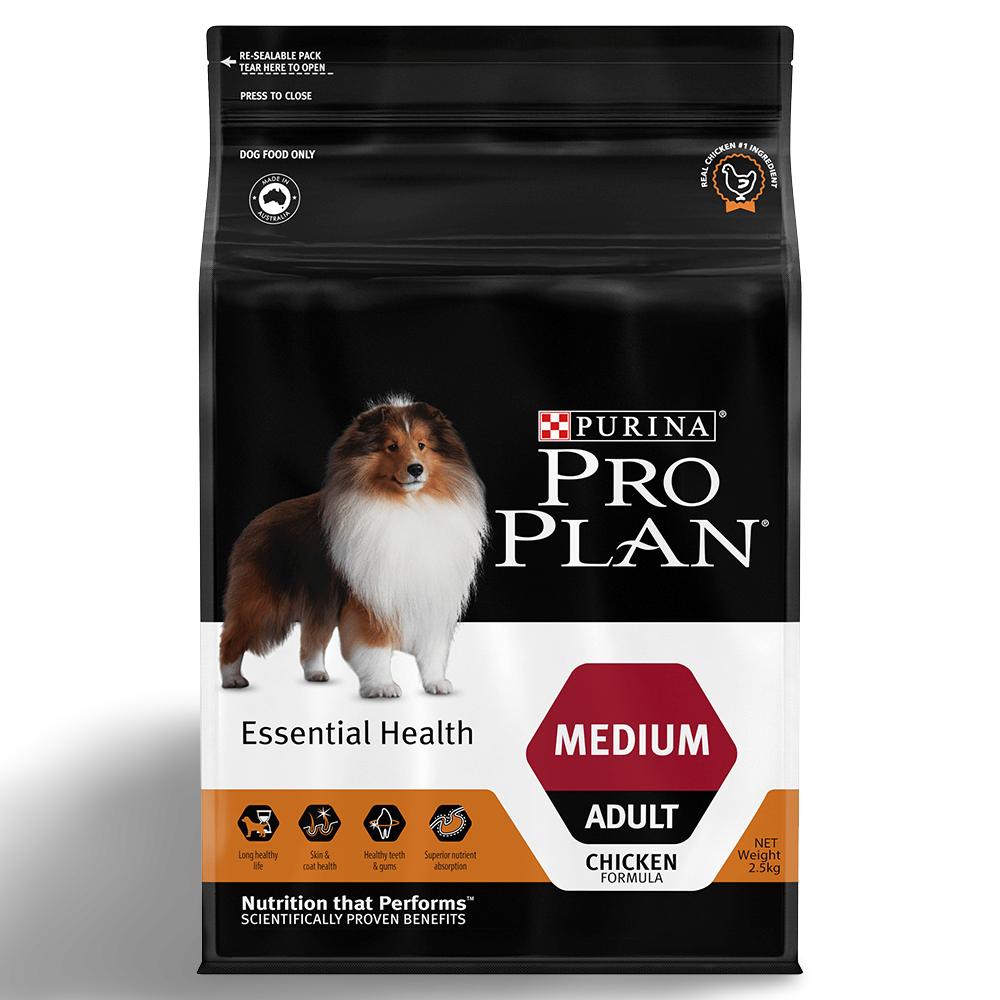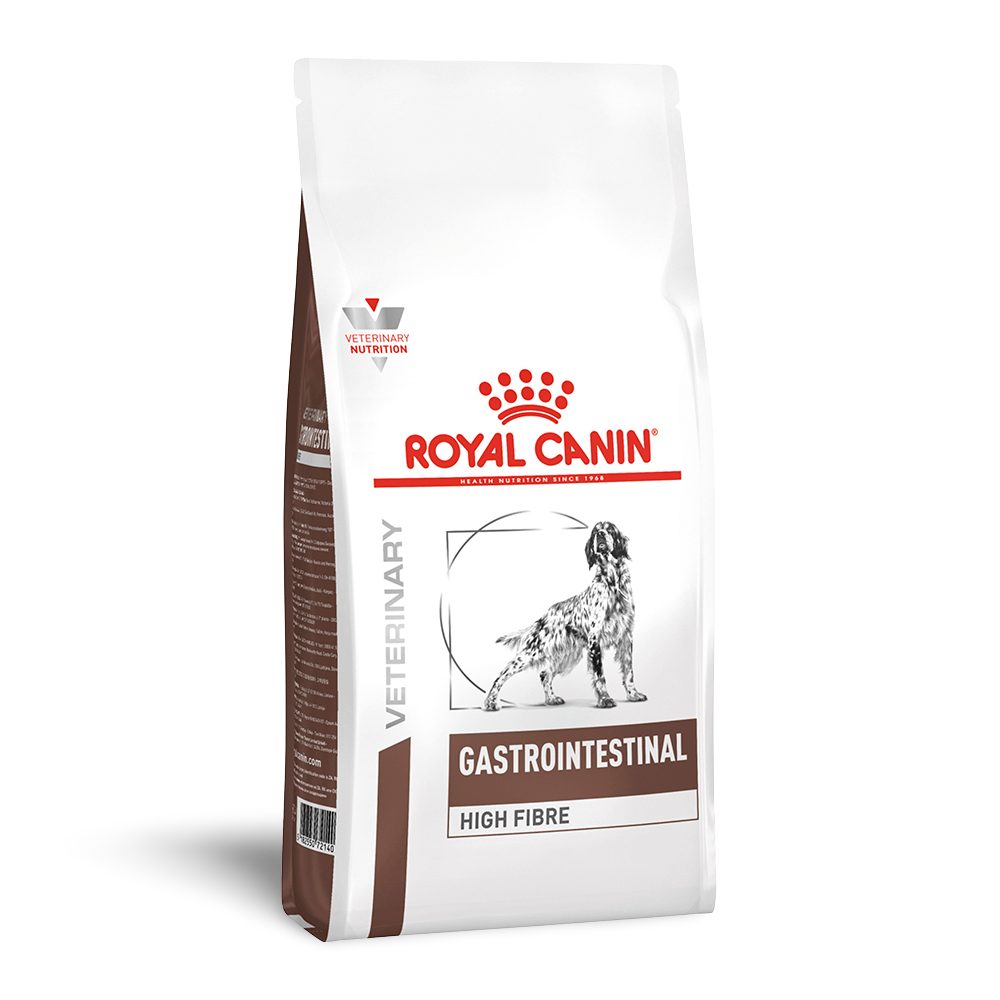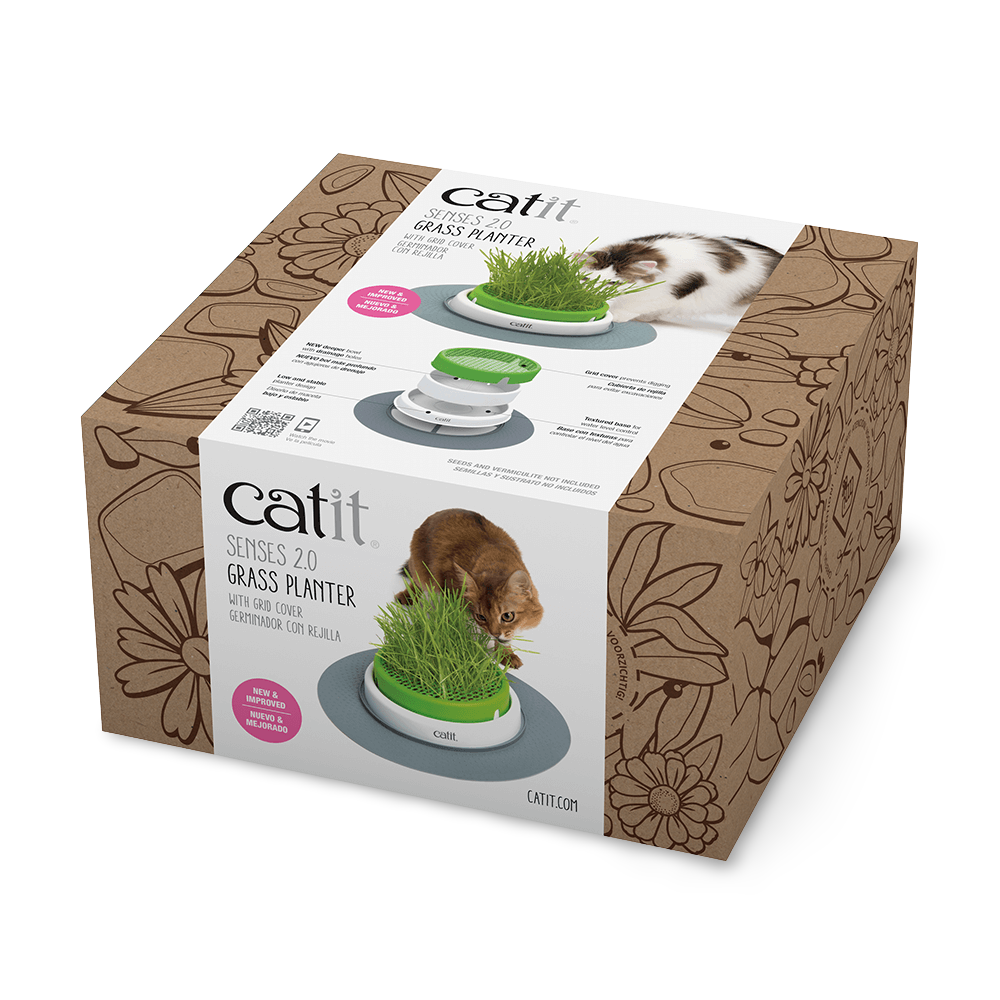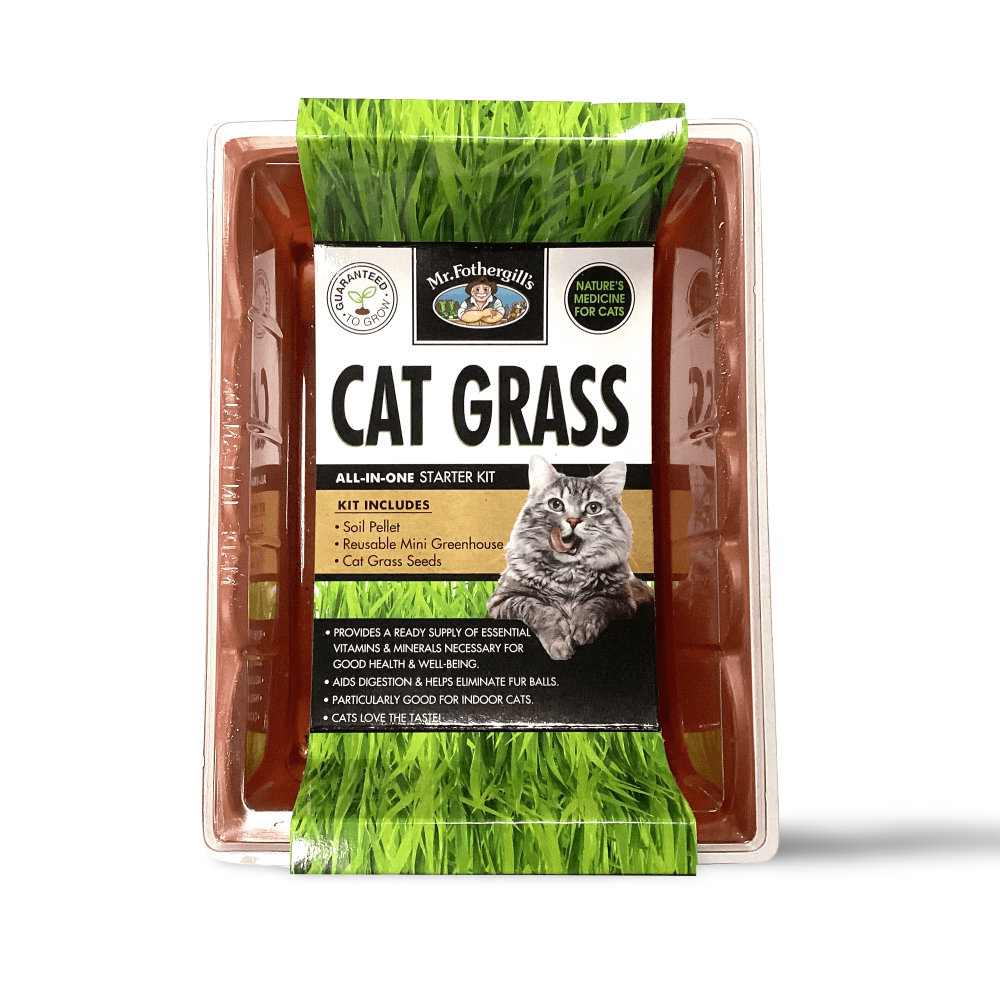Pet Myths Debunked
This article is written by Pet Circle veterinarian,
Ever wanted to know why your dog constantly sniffs other dogs' butts at the dog park? Maybe your cat is a night prowler, and you wonder how they can see so well in the dark? Have you ever contemplated taking them to the vet because their nose suddenly felt dry?
Our Vet Squad team uim to sniff out the truth! We have compiled and debunked some of the most common pet myths around. Some hold merit, while some are so outlandish it's amazing they caught on in the first place! So, if you've got a spare five minutes, grab a puppuccino and read on.
Myth #1: Dogs Sniff Each Other's Butts To Say Hello

Butt sniffing is a very common behaviour in our canine companions and it's not because they are obsessed with another dog's butt! Dogs are generally non-confrontational when they greet a new person or animal. Take a look next time you're at a dog park and you'll find that dogs approach each other indirectly, they usually avoid eye contact and they spend a great deal of time just sniffing each other to gather information. Physical contact is not made until this initial smelling or olfactory data is completed.
Butt sniffing is in fact is how dogs get to know each other and essentially how they say hello. This myth is TRUE.
So What Exactly Are They Smelling On Each Other?
The reason dogs sniff each other's rear ends is because of anatomy. Located near a dogs bottom are two special sacs, called the anal glands. The anal glands secrete a thick, oily, and noxious smelling fluid that is completely unique to each dog and essentially is their 'chemical footprint'.
By sniffing anal glad secretions, a dog can determine a lot about another dog such as if they have met before, whether they are male or female, their mood and even if they are unwell.
So if you see your dog partake in this behaviour, it's important not to discourage them from doing so. After all, they are simply doing a bit of detective work to get to know the other dog first. It is the polite doggy thing to do!
Myth #2: You Age A Dog By Multiplying By 7 Years

The saying goes that multiplying your dog's age by 7 will determine their human age. For example, if your dog is 7 years old, they are actually 49 in human years.
All dogs initially age at the same rate for the first 4-5 years of their lives. After this time, smaller breed dogs actually age slower and live longer than their medium, large and giant breed counterparts. See our chart below for this comparison. Therefore this myth is actually FALSE.

Due to dogs different rates of ageing, it is important to feed a diet tailored towards your dog's age and size. Diets for small, medium, large and giant breed dogs, as well as seniors, ensure that these pets are receiving a complete and balanced diet specifically formulated for their current life stage.
#3 Myth: Cats Only Purr When They Are Happy

Nothing beats curling up with your cat after a long day and listening to their low rumbling purr as you scratch their head. It is well known that purring is a sign of happiness and relaxation in cats and usually is a good indication that they like you.
Purring in cats is a muscular tremor as opposed to voluntary vocalisation. Cats purr when they are content, happy and relaxed but this behaviour is also apparent when they are feeding, nursing, hungry or stressed. Therefore this myth is FALSE.
Cats first start purring as kittens when they are suckling. Because they cannot meow while feeding, they purr and use this as a way of communicating with their mother. The mother cat will purr back to her young as encouragement. Some cats retain this behaviour as adults and purr when they are eating, while some cats have a special "I'm hungry" purr. Cats who purr when they're hungry usually emit high pitched cries of a similar decibel to a human infant. Some scientists have described this behaviour as exploitive as it triggers our nurturing instincts to feed them faster.
In addition to this, purring has been observed in cats experiencing stress, injury or fear. It appears to be a coping mechanism cats use to comfort themselves and other injured animals. In a way, purring is the kitty equivalent of self soothing.
Want to know more? Read our veterinary article How To Tell If Your Cat Loves You.
Myth #4: Scooting Means Your Dog Has Worms

Scooting, the term used to describe a dog that rubs it's bottom on the grass or carpet, has long been associated with worm infestation, though this is rarely the case. The majority of dogs that scoot are in fact experiencing issues with their anal glands. This myth is FALSE.
The Anal glands are located within a dog's bottom and typically empty during defecation. Unfortunately, in some dogs this is not the case and they may instead become impacted and full, which leads to irritation and scooting behaviour. In some cases, the addition of extra fibre such as psylium husks in the diet, feeding a high fibre diet such as Hills Science Diet W/D Dry Food or Royal Canin Gastrointestinal High Fibre Dry Food, or regular anal gland expressing can help manage the issue.
Other reasons for scooting behaviour can include a lump, allergies, faecal contamination and lastly, parasites. A tapeworm infestation can cause anal irritation but in general worms will be noticed around a dog's bottom or on their faeces. Fleas are the culprit for tapeworm spread so always ensure your pet's parasite prevention is kept up to date.
Looking for more information? Read our veterinary article Anal Gland Problems In Dogs.
Myth #5: Pets Only Eat Grass When They Feel Sick

Consuming grass is considered completely normal behaviour in dogs and cats, with almost 80% of pets eating grass on a regular basis.
Studies have shown that most instances of grass eating are unrelated to illness and this behaviour is actually an instinct inherited from wild ancestors. More research is needed but one theory is that the grass eating in canine and feline ancestors served a biological purpose to help purge parasites. Despite modern day parasite prevention modern dogs and cats still adopt this instinctual behaviour. Therefore this myth is FALSE.
Other reasons that pets may eat grass include a nutritional deficiencies, to aid digestion, behavioural issue like stress or boredom, and help curb nausea during the times that they do feel unwell. Providing your pet with regular fresh grass is a great addition to a complete and balanced diet.
Want to know more? Read our veterinary article Why Do Dogs Eat Grass? or Keeping Indoor Cats Happy.
Myth #6: Dogs and Cats Can See In The Dark

Have you ever noticed that your pet's eyes glow at night when a light shines in them? Or have you ever tried to take a photo using the flash, only to find glowing eyes staring back at you!?
Unlike humans, dogs and cats have a much higher concentration of rod receptors in their eyes, as well as an additional layer of tissue called a Tapetum Ludicum. This tissue layer sits behind the retina and reflects light back, to hit the receptors a second time. This reflection gives light a second chance to hit the animal's rod receptors which in turn help to enhance their night vision. This reflection is the 'glowing' that we see from our pet's eyes when we shine a bright light in a dark environment.
So while our pets are more adapted to see better in low light they certainly can not see in complete darkness, any more than we can! This one is FALSE.
Myth #7: A Wagging Tail = A Happy Dog

You only have to go to your local dog park to realise that dogs wag their tails for many different reasons, and it's not necessarily because they're happy or excited. Of course, some dogs are overjoyed to be running around playing with other dogs, their tails wagging so fast you think it might fall off. Meanwhile, other dogs who perhaps aren't as sociable or a little timid may be wagging their tails for a very different reason such as anxiety and fear. This one is most certainly FALSE.
Factors such as the position of the tail, whether it is waging to the left or right and the speed of the wag, give clues about a dog's emotional state and their willingness to interact.
Want to know more? Read our veterinary article Why Do Dogs Wag Their Tails?.
Myth #8:Cats Always Land On Their Feet

Cats are incredibly agile and are known for their climbing, pouncing and balancing abilities. We have all witnessed cats, be it in life or on YouTube attempting impossible feats. Probably the most impressive of these is the cats innate ability to right themselves during a fall and land on their feet. Cats can do this, regardless of the position they are in when they start the fall.
Feline physics baffled scientists for years until in 1894 a French Scientist was able to capture a series of photographs that showed a cat falling. This series called Photographs Of The Tumbling Cat showed frame by frame the unique movements that cats make during a fall to right themselves.
So How Do They Do It?
Once the fall has begun, the flexible spine and unique collarbone of the cat enables the back to twist and bend in a particular sequence that rotates the body mid-air and allows them to land on their feet. Amazing! This unique ability is called the "cat-righting reflex". Even more amazing is that kittens will start using this reflex at 3 weeks of age and will perfect it by 7 weeks!
Despite this, unfortunately cats do not always nail the landing and injuries can occur, with velocity and height as contributing factors to their success. It is for this reason that this myth is FALSE.
Myth #9: A Dry Nose Means Your Dog Is Unwell
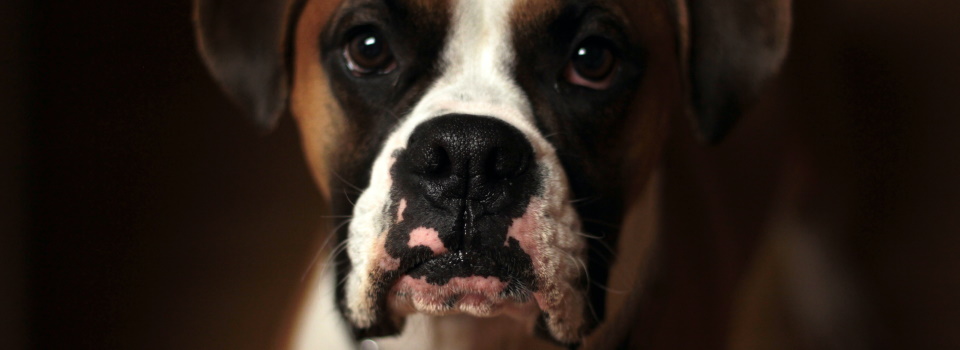
This is probably one of the most enduring doggy myths out there. Ultimately, this is FALSE. It probably originated from the thought that a dry nose indicates dehydration, but that's not necessarily the case.
There are a number of factors which contribute to a dog's wet nose.
1. To Trap Scent Particles
Within a dog's nose lie mucous glands. Just like us, dogs salivate when they smell something delicious or interests them, and this causes secretion from the glands inside their nose. This secretion helps them absorb the scent. How? The mucous captures and dissolves molecules in the air and brings them into contact with specialised smelling cells. Dogs then lick their noses to taste the fluid that's been secreted, which dampens the surface of the nose.
2. Dogs Sweat Very Differently To Us
The nose and footpads are the only places that dogs sweat from, so a dog is more likely to have a wet nose when they are hot.
So in general, your dog is most likely to have a wet nose before or during meal times, when they are absorbing scents, and to help cool them down. The temperature and dryness of a dog's nose will also be dependant on its environment. Dogs who have been outside in the heat or wind are more likely to have a dry nose.
Further Reading
Your Guide To Fleas, Ticks and Worming
The Best Sensitive Stomach Food For Pets
Want to know more? Check out our Discover Page for more tips on keeping your pets happy and healthy.

























